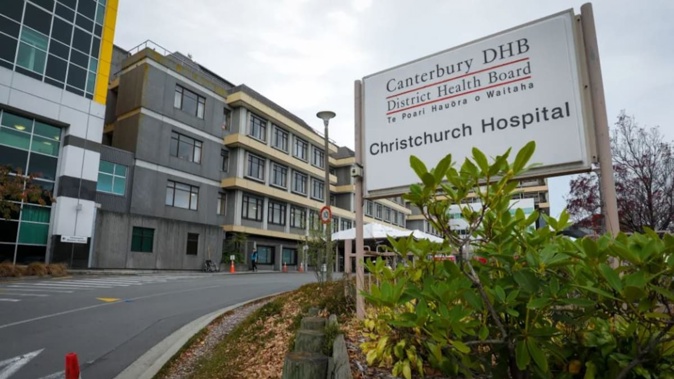
By Anna Seargent of RNZ
- Eighty-four Christchurch Hospital staff have reported inhaling toxic fumes from a nearby construction site.
- Health NZ is investigating the source and has engaged an external independent investigator.
- Health monitoring and clinical assessments are being offered to affected staff, including pregnant women.
The number of Christchurch Hospital staff who may have inhaled toxic fumes from a construction site has jumped to 84.
It was believed an industrial chemical from painting at the nearby hospital tower block was circulated through the air conditioning earlier this year. Workers in the radiology team suffered headaches, breathing problems and rashes. One had to be admitted to intensive care.
Pregnant women were among those affected.
Health NZ Te Waipounamu deputy chief executive Martin Keogh said 84 staff had come forward so far with concerns they may have been exposed to fumes. That was up from 55 staff last month.
Investigations into the cause of the problem and how it had been managed to date were ongoing, Keogh said.
“We are establishing an ongoing health monitoring programme for affected staff and the specialist doctor we have engaged is providing advice and clinical assessments for those staff choosing to take up this offer.
“It is key for me that we ensure any affected staff have the necessary resources and support they need to evaluate their exposure risk and provide treatment as required to aid their recovery,” he said.
The fumes were believed to be hexamethylene diisocyanate (HDI).
Health NZ engaged an external independent investigator to carry out a full investigation.
Keogh said some construction work had resumed on the Christchurch Hospital campus following a pause on all activity.
“We are working through an assurance process to get projects which are low risk in terms of fume generation back up and running and two projects have restarted works – a switchboard replacement in Christchurch Women’s Hospital and the ambulatory care hub project.
“Any projects which could generate hazardous fumes will not recommence until I am sure the root cause of this issue has been identified and mitigations are in place to ensure a safe working environment for our people and the patients we are entrusted to care for,” he said.
The APEX union, which represents allied, scientific and technical employees in New Zealand, believed the fumes leak started in February.
Advocate Omar Hamed told RNZ hospital management’s response had been inadequate during the first half of this year.
“We understand the reports that our members were inputting into the risk management incident reporting system were essentially not being responded to,” Hamed said.
RNZ obtained a memo sent to staff last month by Keogh, that stated the fumes may have originated from spraypainting of fire-retardant paint products being applied to the steel structure of the Tower 3 site.
“A number of radiology staff have developed symptoms which include a range of respiratory and/or skin/rash symptoms, ranging in severity from very minor to very serious, including one staff member who was admitted to the intensive care unit,” the memo said.
It said Te Whatu Ora was working hard to identify staff or patients who may have been exposed.
It talked about HDI, what the substance actually was and what the health risks were. The memo said it was used as a thickener and hardener for two-pot paints. It could cause irritation of the respiratory tract, dizziness, irritation and headaches. There could be long-term immunological reactions, which could cause adult-onset asthma, skin reactions and gastro.
It also said for the pregnant staff, there was no risk that HDI was teratogenic (causes changes in unborn children) or carcinogenic (able to cause cancer).
Take your Radio, Podcasts and Music with you








